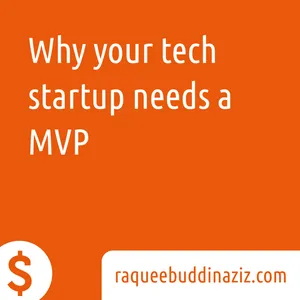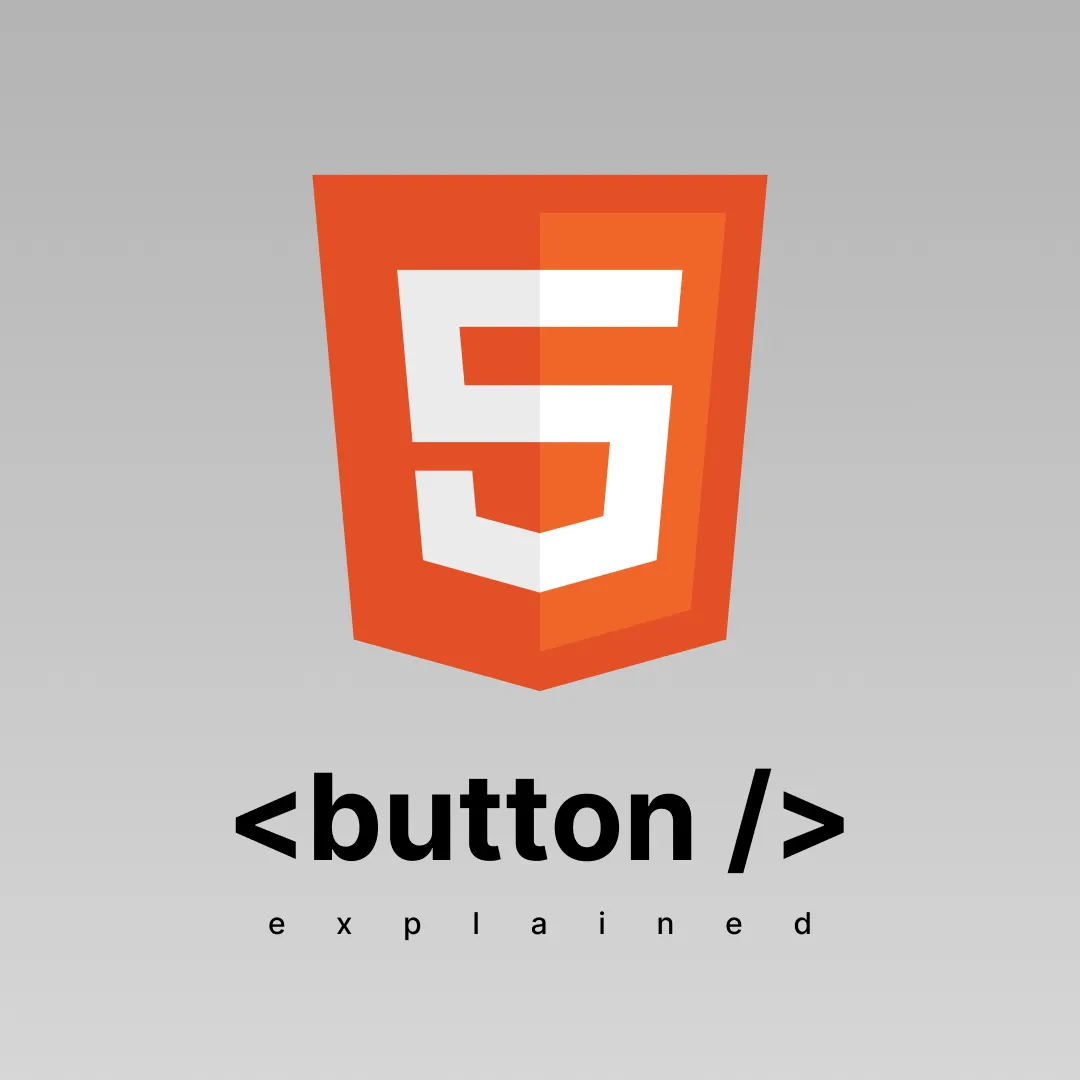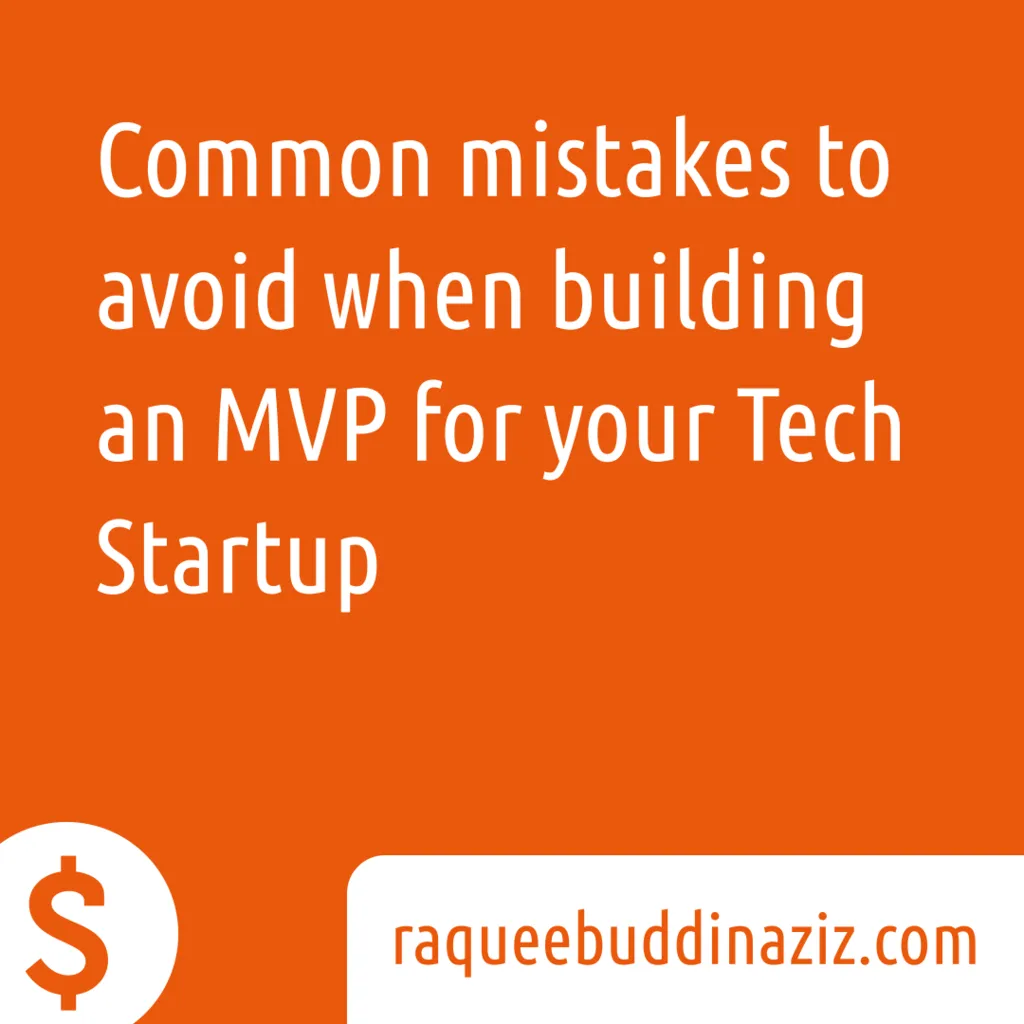By
Raqueebuddin Aziz
January 16, 2024
Freelance Web Designer & Developer

By
January 16, 2024
Freelance Web Designer & Developer
Faster time to market, Validation for your startup idea, Early customer feedback, Better resource allocation.
Before we deep dive into each point. Let us define what is an MVP.
A Minimum Viable Product shortened as MVP is the bare minimum software you need to solve the problem your customers have that your startup intends to solve.
This means not worrying about technologies used, beautiful UI, completely bug free code, additional features and infinite scalability at this stage.
The focus of an MVP is building out the feature that your market research shows solves your customer’s problem as fast as possible to test your business assumptions and validate your solution before pouring money and resources into building a more robust software.
An MVP allows you to reach your target market as fast as possible after you have done your market research.
This in turn allows you to validate your startup idea quickly, get early customer feedback and in turn use that feedback to allocate your resources in the best way possible.
It also has the advantage of ensuring that you get in the market before more competitors show up and potentially take over the market while you are building a full-fledged app instead of an MVP.
By building an MVP you can validate your business assumptions and startup idea as fast as possible, with as little resources spent as possible.
This can help you either pivot to another solution to the same customer base using the feedback you get. Or this can help you stop wasting resources on a bad idea early and use the saved resources elsewhere.
By building an MVP you get your customers something to be excited about and something they can give you feedback on.
In addition to these benefits that make your product better from the start, this also builds a sense of community in your customer base, you build your startup not only for your customers but with your customers.
Building on the last point, you can use the feedback gathered to allocate your resources smartly.
If your customers say they want a mobile app, and they don’t care much about the design of the web app at this stage. Instead of the web UI/UX team you would have paid if you hadn’t built an MVP and got this feedback, now you can use that resources to build a mobile app instead that your customers actually care about.
If your customers said they really like the app, but they wish the app worked offline and synced to the cloud when internet is available. You can dedicate your resources towards building cloud sync and offline capabilities instead of adding another additional feature that your customers didn’t care much about.
So now you know why an MVP is crucial for your tech startup. The basic idea is that by means of an MVP you build your startup along with your customers. Allowing you to build a product extremely suited to your ideal customer.
You need to have prior market research before building an MVP. If you haven’t invested any time in researching your customers, do that and then come back to the MVP stage
Leave any questions you have in the comments section.

 Common Mistakes to Avoid When Building an MVP for Your Tech Startup
Common Mistakes to Avoid When Building an MVP for Your Tech Startup © 2025 Raqueebuddin Aziz. All rights reserved.